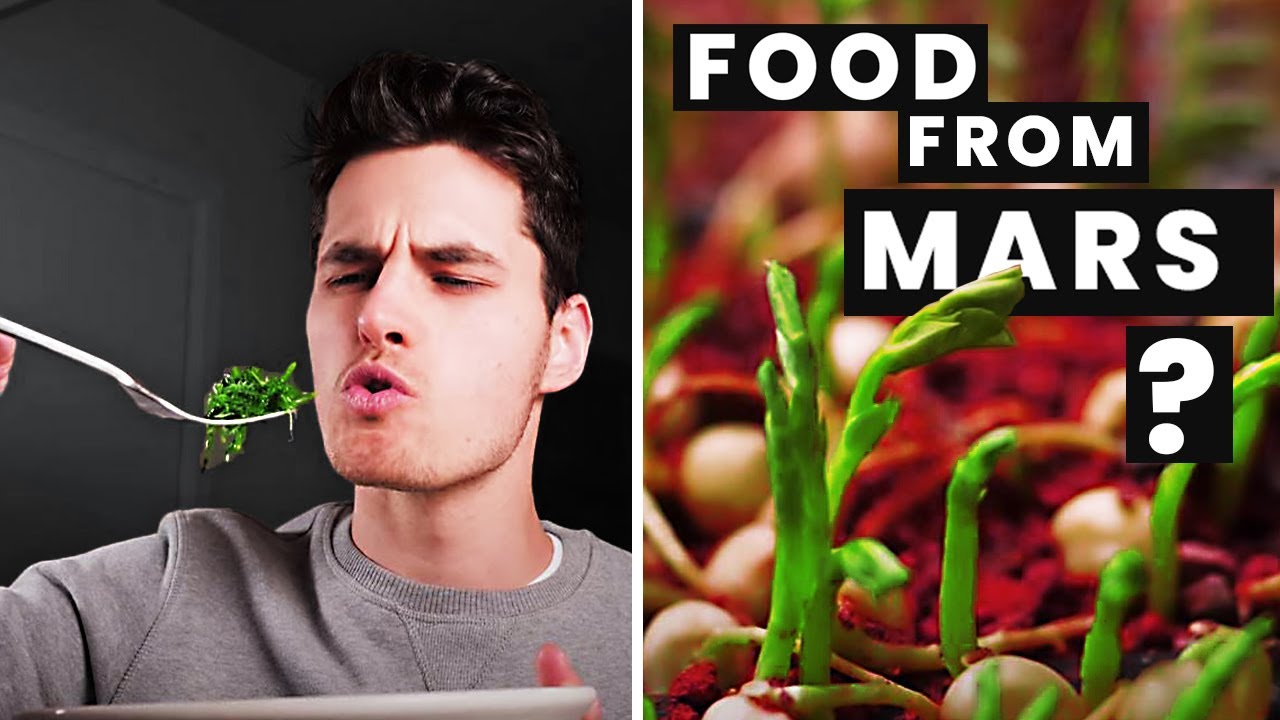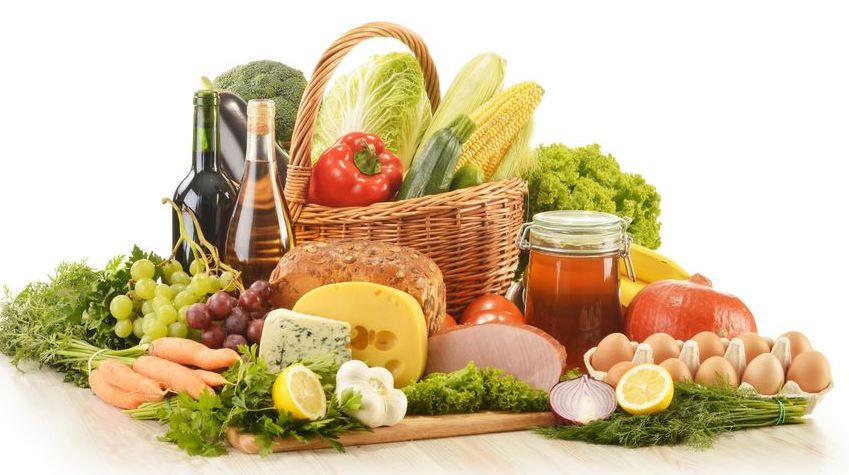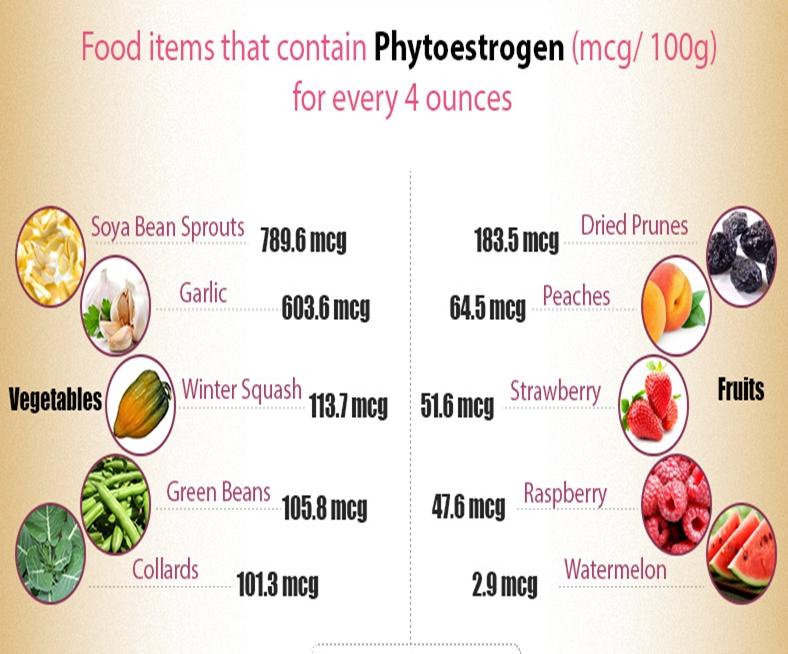Is It Possible to Grow Food on Mars?

The possibility of growing food on Mars has been a topic of interest and discussion among scientists, engineers, and space enthusiasts for decades. As humans contemplate the potential for long-term missions to Mars, the ability to produce food locally would be a crucial aspect of sustaining human life on the Red Planet.

Challenges of Growing Food on Mars

Growing food on Mars poses numerous challenges due to the harsh and unforgiving conditions on the planet. Some of the primary obstacles include:
Thin Atmosphere and Low Pressure: Mars has a very thin atmosphere compared to Earth, which means it has low atmospheric pressure. This low pressure makes it difficult for plants to absorb carbon dioxide, an essential gas for photosynthesis, the process by which plants convert sunlight into energy.
Lack of Oxygen: The atmosphere of Mars is also devoid of oxygen, which is critical for respiration in most terrestrial organisms. Therefore, plants would need to be grown in enclosed environments with controlled atmospheres providing oxygen.
Extreme Temperatures: The surface of Mars experiences extreme temperature fluctuations, with daytime temperatures reaching up to 20°C (68°F) and nighttime temperatures dropping to as low as -80°C (-112°F). These drastic changes can be detrimental to plant growth and survival.
Lack of Water: Mars is an arid planet with very little surface water. While some subsurface ice has been detected, accessing and utilizing it for agricultural purposes would require advanced technologies and infrastructure.
High Radiation Levels: The Martian surface is exposed to high levels of radiation, including ultraviolet (UV) radiation from the Sun and cosmic radiation from space. These radiations can damage plant DNA and hinder their growth and development.
Dust and Fine Particles: The Martian atmosphere contains fine dust and particles that can be abrasive and damaging to plant tissues. These particles can also block sunlight, reducing the amount of available energy for photosynthesis.
Approaches for Growing Food on Mars
Despite the challenges, ongoing research and technological advancements are exploring various approaches to enable food production on Mars. Some potential strategies include:
Enclosed Controlled Environments: One approach involves creating enclosed and controlled environments, such as greenhouses or biodomes, that provide suitable conditions for plant growth. These structures would regulate temperature, atmosphere, and light levels, while also protecting plants from radiation and dust.
Hydroponics and Aeroponics: Hydroponic and aeroponic systems utilize nutrient-rich water or mist to grow plants without soil. These methods are efficient in utilizing water and nutrients, making them suitable for Martian conditions.
Aquaponics: Aquaponics combines hydroponics with aquaculture, where plants and fish are grown together in a symbiotic relationship. The fish provide nutrients for the plants, while the plants help clean the water for the fish.
Genetically Modified Plants: Genetic engineering techniques can be utilized to develop plant varieties that are more tolerant to Martian conditions, such as extreme temperatures, low atmospheric pressure, and high radiation levels.
Soil Modification: Scientists are also exploring ways to modify Martian soil, known as regolith, to make it more suitable for plant growth. This could involve adding organic matter, nutrients, and microbes to improve soil structure and fertility.
Current Research and Future Outlook
Numerous research projects and studies are ongoing to address the challenges of growing food on Mars. Experiments conducted in simulated Martian environments and in space stations have demonstrated the feasibility of cultivating certain crops, including potatoes, lettuce, and tomatoes.
While significant technological advancements and infrastructure development are still required, the possibility of growing food on Mars is gradually becoming more tangible. The ability to produce food locally during future Martian missions would not only reduce the reliance on supplies from Earth but also contribute to the long-term sustainability of human presence on the Red Planet.










